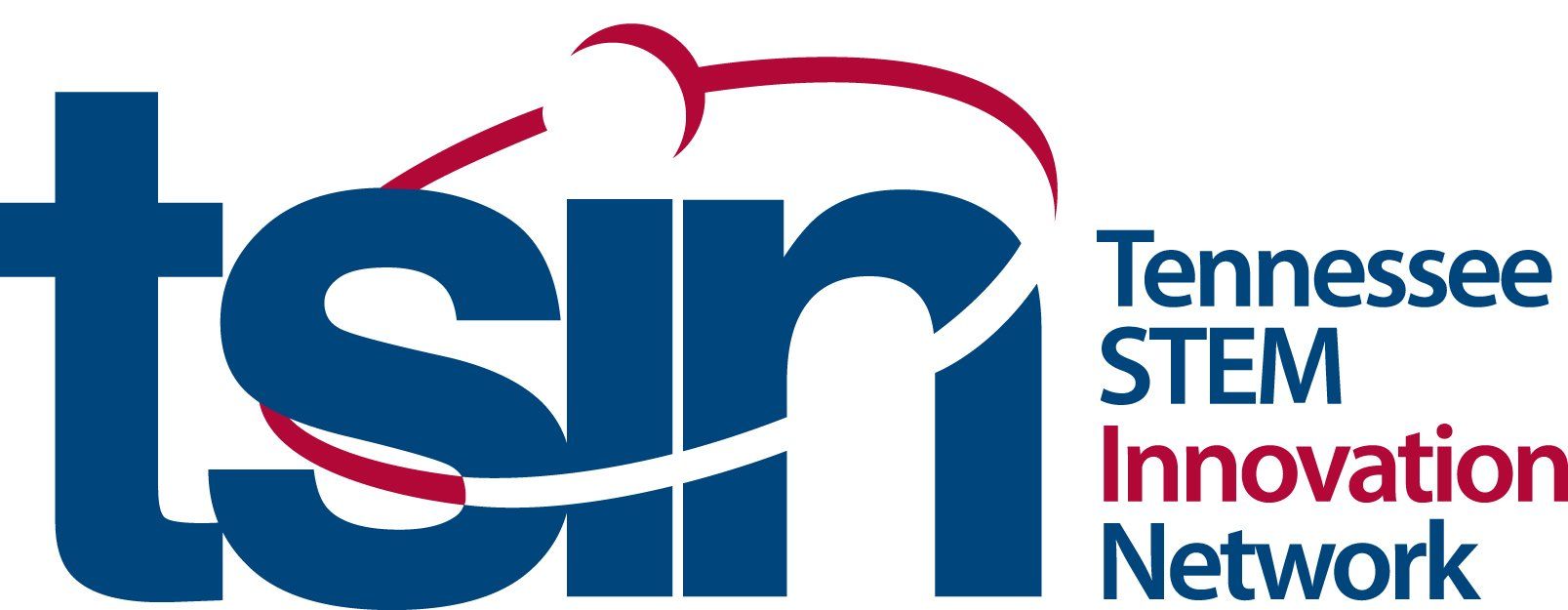Exploring Sustainable Farming & Food Production Practices
Maker Monday
Agriculture is so much more than growing crops or raising animals. Farmers use critical thinking, problem-solving, and innovative technology in order to meet our nation’s growing demand for more food.
Today, your challenge is to design and prototype a greenhouse that can protect a plant within your home.
Step 1: With tremendous advancements in technology, farming has evolved, too! Watch this
video to understand how modern technology is used in agriculture.
Step 2: Sometimes a climate isn't great for farming outdoors. That's where greenhouses come in! Read more about greenhouses on Kiddle.
Step 3:
Brainstorm how you could create your own version of a mini greenhouse with items you have available at your house. Use the Engineering Design Process Guide
to help you plan out your ideas and make improvements.
Step 4:
Plant a seed or small plant in your greenhouse, water it, and place it in a sunny spot. Observe your greenhouse each day for one week and record your findings in a notebook. If it didn’t grow, make some improvement and test again!
Step 5:
Ask your parents to share a picture of your greenhouse design on social media using #MakerMondayTN and #LearningInPlaceTN!
Additional Resources:
Wonder Wednesday
Did you know that astronauts have been growing vegetables on the International Space Station for years? Traditional gardening methods are not suited for space. Crew members use the hydroponic method of gardening to grow a variety of vegetables.
Today, you will consider the different types of gardens!
Step 1: Have you ever heard of a hydroponic garden? When we break the word down, we see the word hydro and can deduce that we'll be using water. Check out this
site to investigate how we you can make a hydroponic garden.
Step 2: Find out more about hydroponic gardening in space by watching this
video. How will space gardening improve space exploration?
Step 3: As we learn more about how to grow plants in space, think about the benefits and make a list of them in your Da Vinci notebook. Now watch this
video to learn more about the benefits of growing plants in space.
Step 4:
Explore this
website to learn how you can make your own hydroponic system using common household items. You can use any seeds that you have.
Step 5:
Ask your parents to share what you’ve learned on social media using #WonderWednesdayTN and #LearningInPlaceTN!
Additional Resources:
Future Friday
Careers in the field of agriculture are often interconnected with one another as different organizations work to sustainably provide food for communities. To help provide this nutrient-rich food to people in a sustainable and responsible way, it takes a team of careers working as one.
Today, you will investigate careers that work together to provide us with healthy food!
Step 1: Once career that we rely on for nutrient-rich food is dairy farmer. Take a virtual tour
of Undeniably Dairy. How do farmers contribute to sustainable food systems? What technology is being used by the farm?
Step 2:
Dairy farms rely on large animal veterinarians to care for their cattle. But these special vets also care for other large animals and play an important role in how farms work. Find out more here.
Step 3: All farm animals have to eat which means that someone has to grow and supply their food. The healthier the animal eats, the healthier the food they produce. Read
about some farmers who are changing the way we get our food.
Step 4:
Crops get nutrients from the soil they are grown in. It is important to rotate crops and monitor the health of the soil in order to grow the most nutrient-rich plants. Learn more about soil conservationists here.
Step 5:
Ask a family member to share what you learned on social media using #FutureFridayTN and #LearningInPlaceTN!
Additional Resources:
How Dairy is Helping Feed School-Children
How Dairy is Helping Feed School-Children
Connecting Globally - We at TSIN believe STEM connects us all and in an effort to enhance those connections, the resources from the STEAM Resource Series will be connected to the United Nations Sustainability Development Goals.
Goal 2: End hunger, achieve food security and improved nutrition and promote sustainable agriculture
Goal 10: Reduce inequality within and among countries




